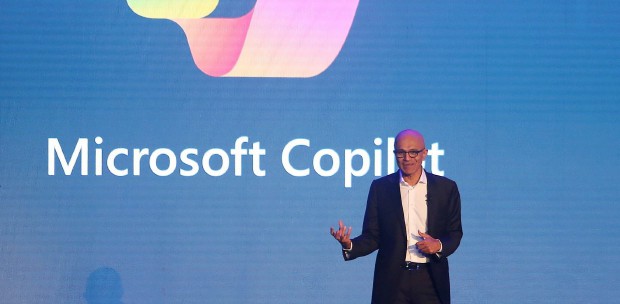ECONOMISTS have described the five to six per cent growth projection for 2015 as pragmatic and healthy considering the roll-out of the Goods and Services Tax as well as the subsidy rationalisation measures.
CIMB Investment Bank economist Julia Goh said the 2015 Budget is a “moderately expansionary” budget to counter the likely slowing in consumer spending.
Measures are in place to strengthen the social safety net and ease concerns over the higher cost of living apart from accelerating development expenditure and incentives to sustain the private investment momentum.
“We project that exports could record a moderate expansion in view of a more positive external environment, albeit with weak commodity prices.”
Goh said the budget emphasises continuity from the critical fiscal reform measures that were outlined in the previous budget.
“While the fiscal reforms could potentially restrain growth in the near term, the plan to strengthen Malaysia’s public finances and build counter-cyclical buffers will help to improve the country’s resilience during another global downturn.”
The government, she added, faces a tough balancing act of pushing forward with crucial fiscal reforms and ensuring stable yet inclusive growth.
The 2014/15 Economic Report and 2015 Budget presented a higher revised growth target of 5.5-6.0 per cent for 2014 while the budget deficit target remains on track at 3.5 per cent of GDP in 2014 and 3.0 per cent for 2015.
Patricia Oh of AmResearch said the budget strives to strike a balance between ensuring a sustainable domestic economy towards a high income economic status and prioritising the well-being of the rakyat.
Budget allocation for 2015 was increased by 4.0 per cent to RM273.9 billion with the allocation for development spending raised by 19.6 per cent to RM50.5 billion and operational expenditure by 1.1 per cent to RM223.4 billion.
Meanwhile, Credit Suisse thinks more spending reductions are needed to meet the 2015 budget deficit target.
“With the small net revenue gain from GST and net fiscal savings from the October fuel subsidy cut of around 0.1 to 0.2 percentage points of GDP, we think that the government will likely need more spending reduction and/or revenue boosting measures in order to get to its three per cent target.”
While the government is targeting a lower subsidy bill of 3.2 per cent of GDP for 2015, the research house is cautious about the actual implementation, given the tendency to exceed its initial subsidy allocation.




